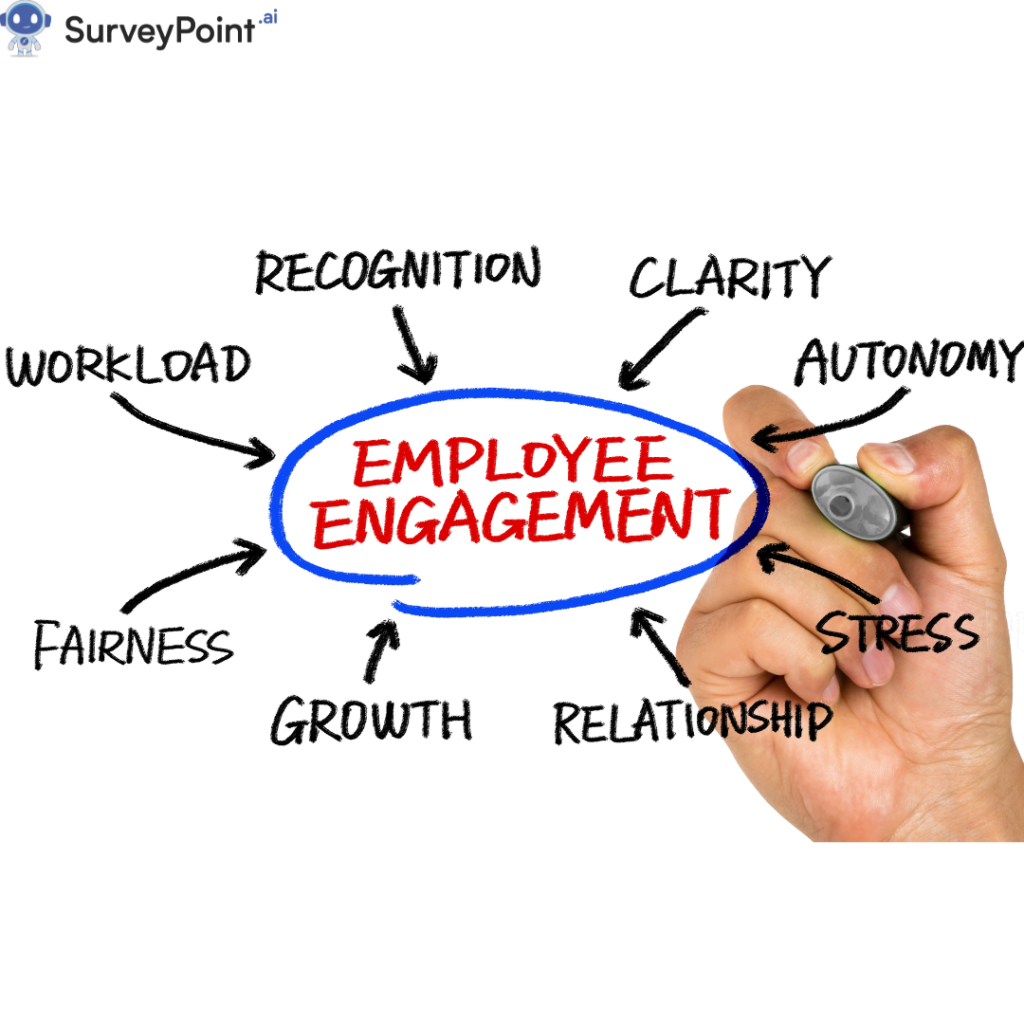
Employee engagement plays a crucial role in the success of any organization. Engaged employees are more productive, motivated, and committed to their work, which ultimately leads to better business outcomes. However, fostering employee engagement requires deliberate effort and strategy. Here’s a guide to help you boost engagement in your workplace and create a thriving, motivated workforce.
1. Foster Open Communication
Transparency and open communication are the bedrock of employee engagement. Employees feel valued and connected when they are kept in the loop and can share their thoughts freely.
- Tips:
- Encourage regular feedback through surveys or one-on-one meetings.
- Share company updates and goals through town halls or newsletters.
- Create an open-door policy for discussing ideas or concerns.
2. Recognize and Reward Achievements
Recognizing employees for their hard work and contributions boosts morale and motivation. When employees feel appreciated, they are more likely to stay engaged.
- Tips:
- Implement a formal recognition program, such as “Employee of the Month.”
- Celebrate small wins with shout-outs in meetings or on internal platforms.
- Offer rewards such as bonuses, gift cards, or additional time off.
3. Provide Growth Opportunities
Employees are more engaged when they see opportunities to grow and advance within the organization. Learning and development not only improve skills but also demonstrate that you value your team’s growth.
- Tips:
- Offer professional development programs, workshops, or certifications.
- Create clear career paths and opportunities for promotion.
- Encourage mentorship programs to guide employees in their careers.
4. Focus on Work-Life Balance
Burnout is a significant engagement killer. Supporting a healthy work-life balance shows employees that their well-being is a priority.
- Tips:
- Offer flexible working hours or remote work options.
- Encourage employees to take breaks and use their vacation time.
- Promote mental health resources, such as counseling or stress management sessions.
5. Build a Positive Workplace Culture
A positive and inclusive workplace culture fosters collaboration and trust. Employees are more likely to engage when they feel comfortable and valued.
- Tips:
- Organize team-building activities or social events.
- Celebrate diversity and promote inclusivity through policies and initiatives.
- Encourage a sense of community by creating employee resource groups.
6. Empower Employees with Autonomy
Micromanagement can stifle creativity and engagement. Empower your employees to take ownership of their work and make decisions.
- Tips:
- Set clear goals and allow employees to determine how to achieve them.
- Involve employees in decision-making processes when possible.
- Trust your team and avoid unnecessary oversight.
7. Ensure Meaningful Work
Employees feel more engaged when their work aligns with their values and contributes to the company’s mission.
- Tips:
- Regularly communicate the organization’s vision and how each role contributes to it.
- Allow employees to participate in projects that align with their interests.
- Show the tangible impact of their work on the company’s success.
8. Regularly Assess Engagement Levels
Understanding the current level of engagement helps identify areas for improvement. Regular assessments provide valuable insights into employee needs and satisfaction.
- Tips:
- Conduct anonymous employee engagement surveys.
- Analyze feedback to identify trends and implement changes.
- Monitor progress and follow up to show employees their input matters.
9. Provide the Right Tools and Resources
An employee’s productivity and engagement depend heavily on the tools they have to do their job efficiently.
- Tips:
- Invest in user-friendly technology and software.
- Provide training to help employees use tools effectively.
- Ensure a comfortable and ergonomic workplace environment.
10. Encourage Leadership Engagement
Engaged leadership sets the tone for the entire organization. When leaders demonstrate commitment and care, employees are more likely to follow suit.
- Tips:
- Train managers to prioritize empathy, active listening, and emotional intelligence.
- Encourage leaders to spend time understanding and supporting their teams.
- Lead by example by showing enthusiasm and commitment to the company’s goals.
Conclusion
Employee engagement is not just about creating a happy workforce—it’s about driving meaningful connections, productivity, and loyalty. By implementing these strategies, you can foster an environment where employees feel valued, motivated, and aligned with the company’s vision. Remember, an engaged employee is not only more productive but also a powerful advocate for your organization’s success. For more information checkout- surveypoint.ai




